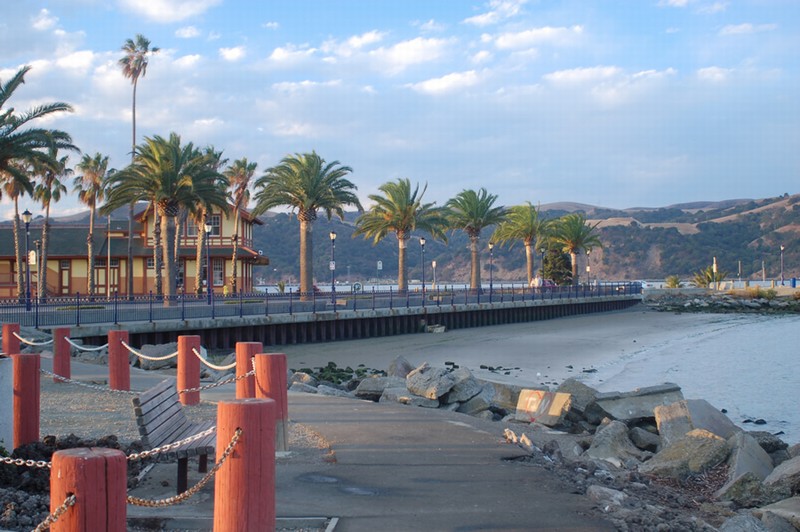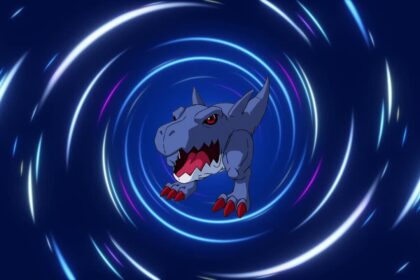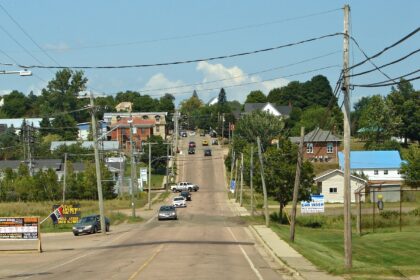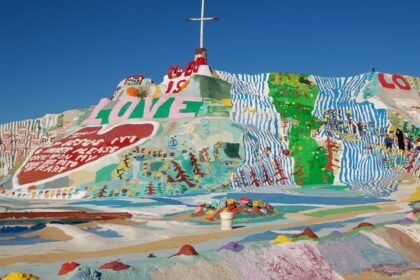Benicia is a waterside city in Solano County, California, located in the North Bay region of the San Francisco Bay Area. Take a look below for 25 incredible and awesome facts about Benicia, California, United States.
1. It served as the capital of California for nearly thirteen months from 1853 to 1854.
2. The population was 26,997 at the 2010 United States Census.
3. The city is located along the north bank of the Carquinez Strait. Benicia is just east of Vallejo and across the strait from Martinez.
4. Steve Young, elected in November 2020, is the mayor.
5. The town is divided into four areas: the East Side (east of First Street, south of Interstate 780), the West Side (west of First Street, south of Interstate 780), Southampton (north of Interstate 780), and the industrial park.
6. Most of the town’s older/historic houses are on the East and West Sides.
7. Southampton contains primarily single-family housing developments and condominiums, most of which were built between 1970 and 2000.
8. The East Side includes the Benicia Arsenal, a former United States Army armory, which was bought by the city and is now used for a variety of purposes, most notably as live-work spaces for artists.
9. The Arsenal is home to several historic (ca. 1860) landmark buildings such as The Clocktower, the Camel Barn, and the Lieutenant’s Quarters (currently known as Jefferson Street Mansion).
10. The industrial park lies to the northeast of the residential areas of the city, and includes the Valero oil refinery. The Benicia State Recreation Area is on the far west edge of the city.
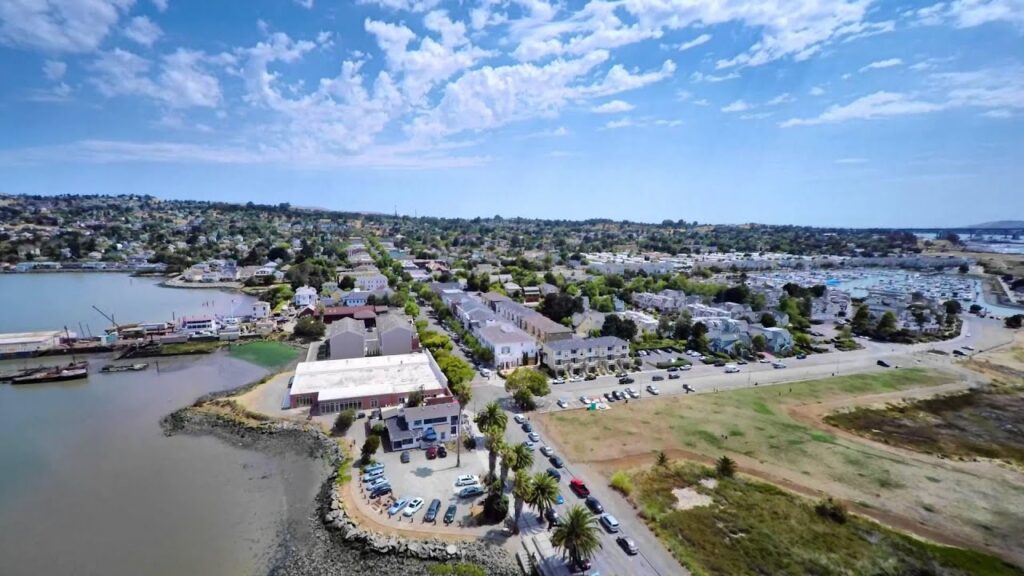
11. The main retail area in Benicia is First Street, which attracts out-of-town antique and boutique shoppers and those seeking small-town, historic charm.
12. In 1987 Benicia was selected to participate in the California Main Street Program.
13. Connections to Benicia include Interstate 680 from Martinez to the south and Cordelia Junction (Fairfield) to the north, and Interstate 780, Columbus Parkway, and other local roads from Vallejo to the west.
14. Amtrak also runs through the city north towards Sacramento, but the nearest train station lies in Martinez across the Carquinez Strait.
15. Railroad tracks carrying Amtrak and Union Pacific Railroad lines cross the strait alongside the Benicia–Martinez Bridge.
16. The City of Benicia was founded on May 19, 1847, by Dr. Robert Semple, Thomas O. Larkin, and Comandante General by Mariano Guadalupe Vallejo, on land sold to them by General Vallejo in December 1846. It was named for the General’s wife, Francisca Benicia Carillo de Vallejo, a member of the Carrillo family of California, a prominent Californio dynasty.
17. The General intended that the city be named “Francisca” after his wife, but this name was dropped when the former city of “Yerba Buena” changed its name to “San Francisco,” so her second given name was used instead. In his memoirs, William Tecumseh Sherman contended that Benicia was “the best natural site for a commercial city” in the region.
18. In February 1848, first word of gold found at Sutter’s Mill was leaked at a Benicia Tavern, thus starting the California Gold Rush. Benicia became a way station on the way to the Sierras.
19. In March 1850, Benicia became one of the first incorporated cities in California, a month after Sacramento. Benicia was the original county seat of Solano County. The lower floor of the Benicia Masonic Hall, built in 1850 with lumber donated by Benicia founder Robert Semple on land donated by Alexander Riddell, was used as the County court room and offices prior to the completion of Benicia’s city hall.
20. In 1858, the county seat was moved to Fairfield.
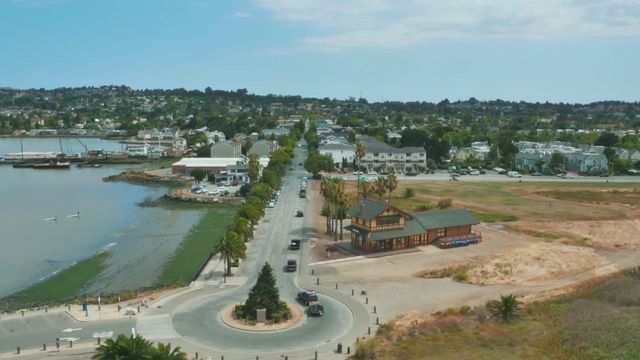
21. In 1853, Benicia became the third site selected to serve as the California State capital, after San Jose and nearby Vallejo, and its newly constructed city hall was California’s capitol from February 11, 1853, to February 25, 1854.
22. Soon after, the legislature was moved to the courthouse in Sacramento, which has remained the State capital ever since. The restored capitol is part of the Benicia Capitol State Historic Park, and is the only building remaining of the State’s pre-Sacramento capitols.
23. The original campus of Mills College was founded in Benicia in 1852 as the Young Ladies Seminary, and was the first women’s college west of the Rocky Mountains. Before moving to Oakland in 1871, it was located on West I Street, just north of First Street.
24. From 1860 to 1861, Benicia was indirectly involved in the Pony Express. When riders missed their connection with a steamer in Sacramento, they would continue on to Benicia and cross over to Martinez via the ferry.
25. One of the earliest companies in California, the Pacific Mail Steamship Company, established a major shipyard in Benicia in the 19th century. The prolific shipbuilder Matthew Turner formed the Matthew Turner Shipyard at Benicia in 1883. Benicia became an important wheat storage and shipping site. It was also the site of the United States Army’s Benicia Arsenal.

